Content Marked with: Timothy Lyons
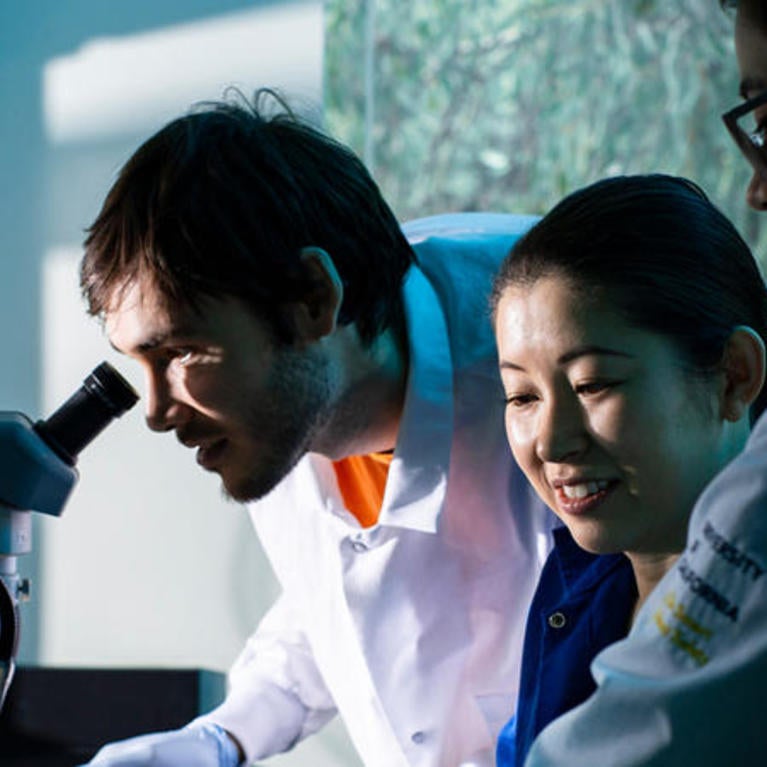
Scientists Honored by American Geophysical Union
Marilyn Fogel, the Wilbur W. Mayhew Endowed Chair in Geo-Ecology, and Timothy Lyons, Distinguished Professor of Biogeochemistry, will be honored at a ceremony and banquet during the 2018 AGU Fall Meeting in Washington, D.C., in December. Both professors are faculty in the Department of Earth Sciences in UCR’s College of Natural and Agricultural Sciences. Only...
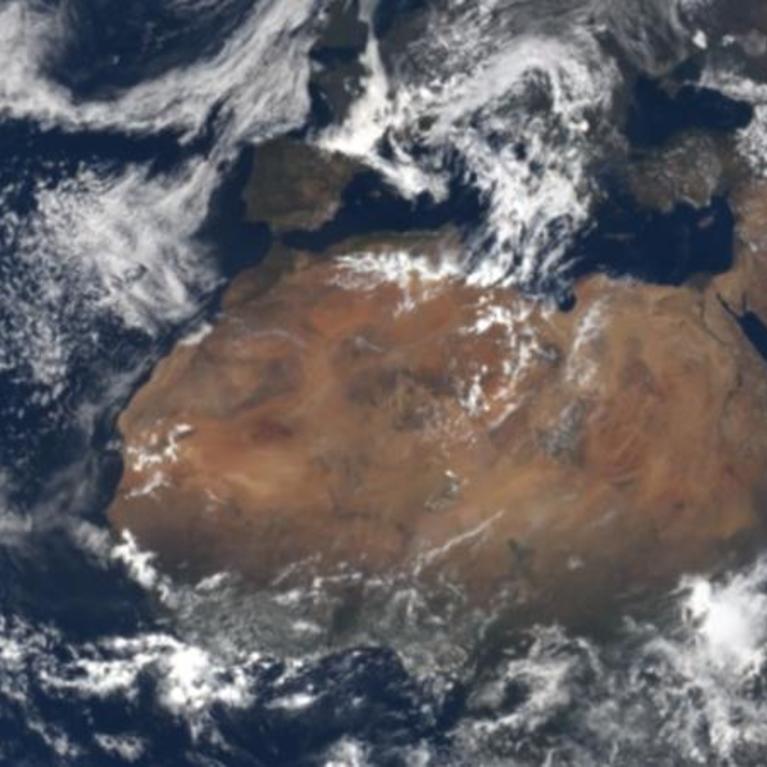
UCR Team Among Scientists Developing Guidebook for Finding Life Beyond Earth
"If you’re looking for a manual on the hunt for alien life, you’re in luck. Some of the leading experts in the field, including a UC Riverside team of researchers, have written a major series of review papers on the past, present, and future of the search for life on other planets. Published in Astrobiology...

Search for Life Beyond the Solar System Topic of Faculty Research Lecture
" Timothy Lyons, a distinguished professor of biogeochemistry in the Department of Earth Sciences and director of the Alternative Earths Astrobiology Center, will deliver the 66th annual Faculty Research Lecture at UC Riverside. The Faculty Research Lecturer Award is the highest honor bestowed by the Academic Senate." Read More
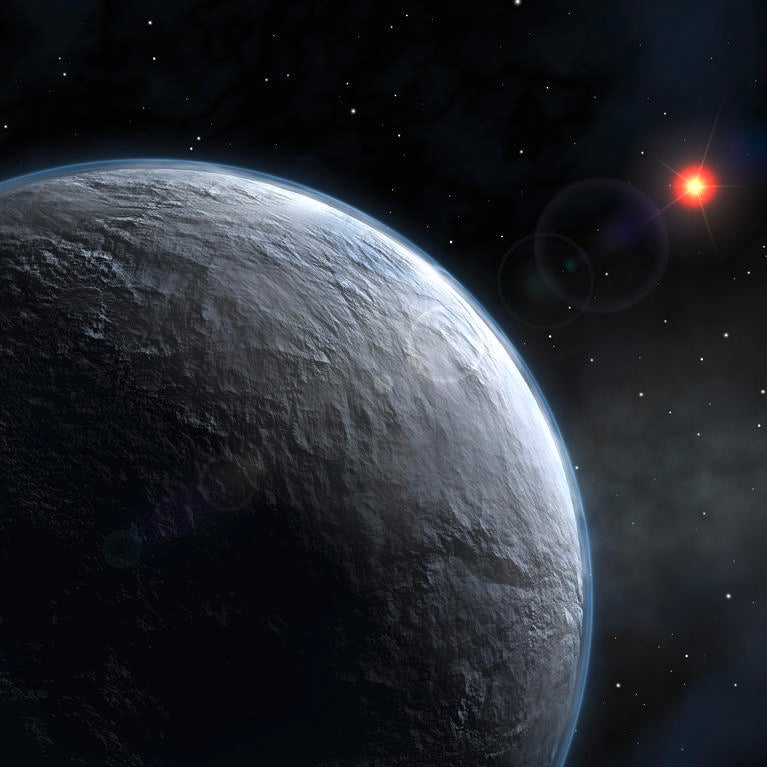
Methane Muted: How Did Early Earth Stay Warm?
"For at least a billion years of the distant past, planet Earth should have been frozen over but wasn’t. Scientists thought they knew why, but a new modeling study from the Alternative Earths team of the NASA Astrobiology Institute has fired the lead actor in that long-accepted scenario." Read More
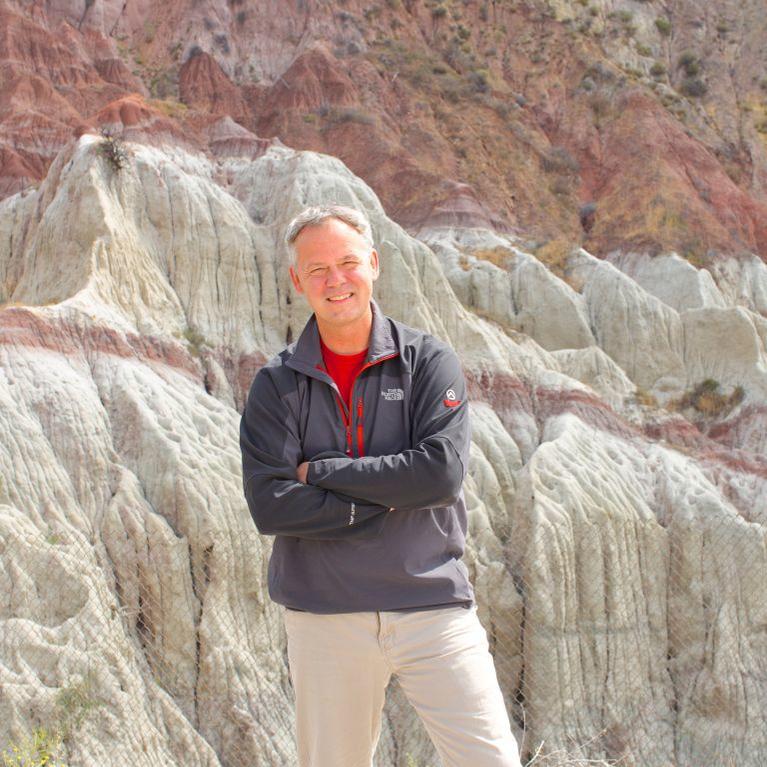
Low Oxygen Levels May Have Delayed Emergence of Animals
"Records of the earliest animals on Earth extend to roughly 700 to 800 million years ago, despite much older traces of microbial life in rocks deposited 3.7 billion years ago. Multiple factors might have contributed to this delay — but not with equal effect and in ways that are often not well understood." Read More
Oxygen Was Once A Sometime Thing on Earth
"An understanding of the history of Earth is incomplete without an understanding of how and why the planet developed an oxygenated atmosphere. A team of scientists, including Timothy Lyons, a distinguished professor of biogeochemistry, reports new isotopic data in Science Advances that illustrate how photosynthetic cyanobacteria temporarily spiked concentrations of oxygen around 2.5 billion years...

UC Riverside Hosts 12th Annual Southern California Geobiology Symposium
"On Saturday, April 11, 2015, aspiring and professional scientists gathered at the University of California, Riverside to share research and interest in the integrative field of geobiology. The 12th Annual Southern California Geobiology Symposium, organized for and by graduate students, displayed current work within geology, geochemistry, biology, astrobiology, microbiology, oceanography, paleobiology, paleoecology and environmental sciences."...
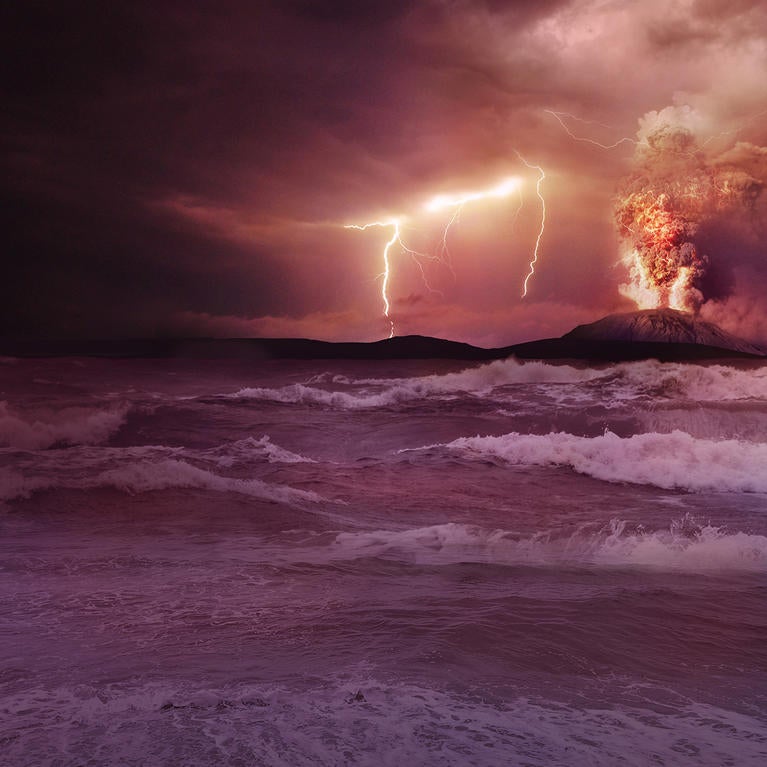
UC Riverside's 'Alternative Earths' Team Selected to Join the NASA Astrobiology Institute
"If we’re looking at Mars, or planets in solar systems far, far away, how can we tell whether they support life? Researchers at the University of California, Riverside will share a $50 million grant from the NASA Astrobiology Institute (NAI) to help answer that question by studying ancient rocks on Earth to determine how oxygen...
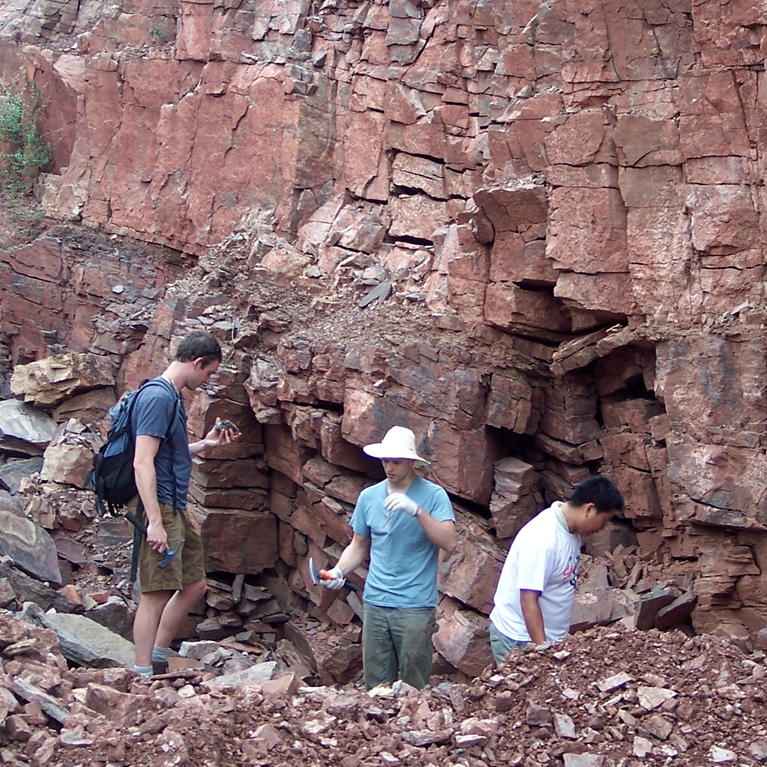
Why Didn't Animals Appear Sooner in Earth's History?
"Geologists are letting the air out of a nagging mystery about the development of animal life on Earth. Scientists have long speculated as to why animal species didn’t flourish sooner, once sufficient oxygen covered the Earth’s surface. Animals first appeared and began to prosper at the end of the Proterozoic period, about 600 to 700...
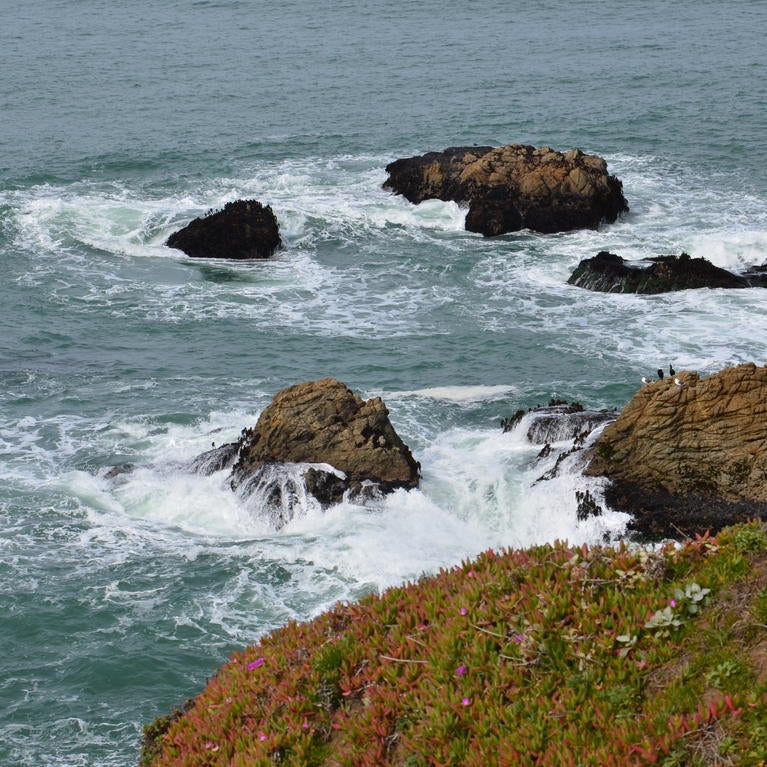
Researchers Quantify Toxic Ocean Conditions During Major Extinction 93.9 Million Years Ago
"Oxygen in the atmosphere and ocean rose dramatically about 600 million years ago, coinciding with the first proliferation of animal life. Since then, numerous short-lived biotic events — typically marked by significant climatic perturbations — took place when oxygen concentrations in the ocean dipped episodically." Read More
Let us help you with your search